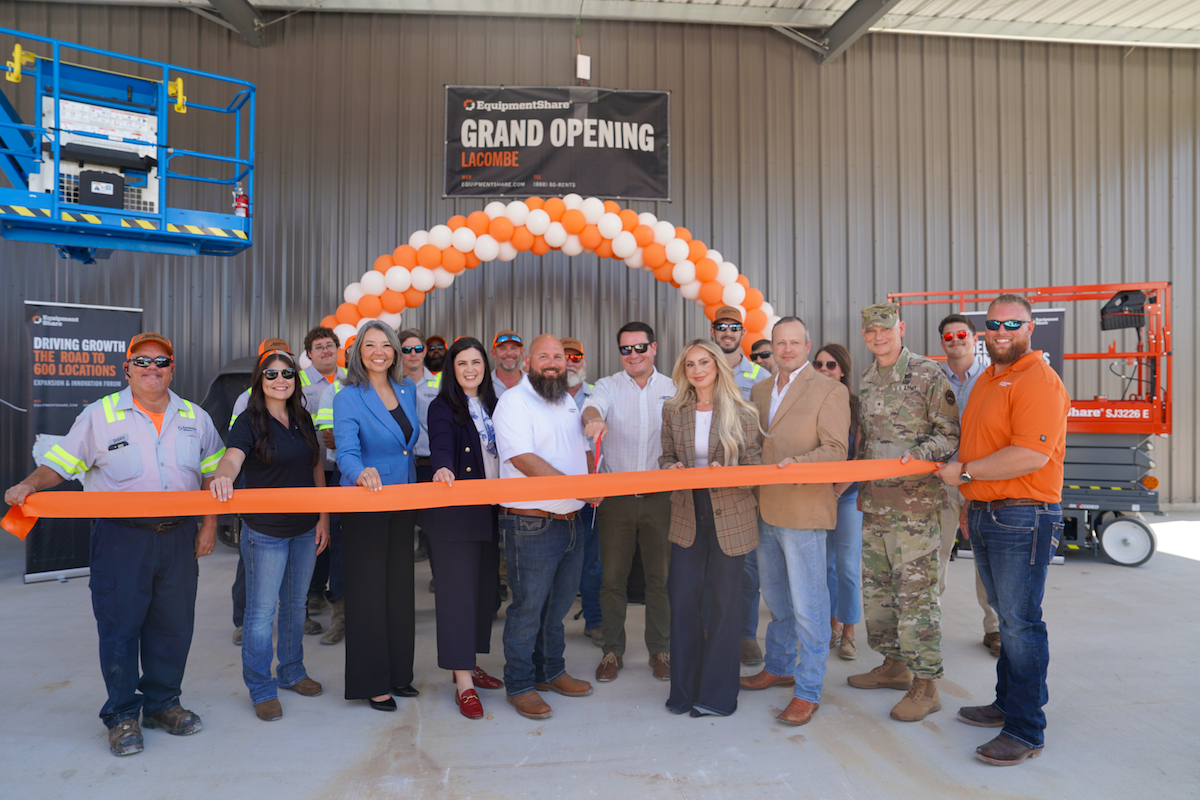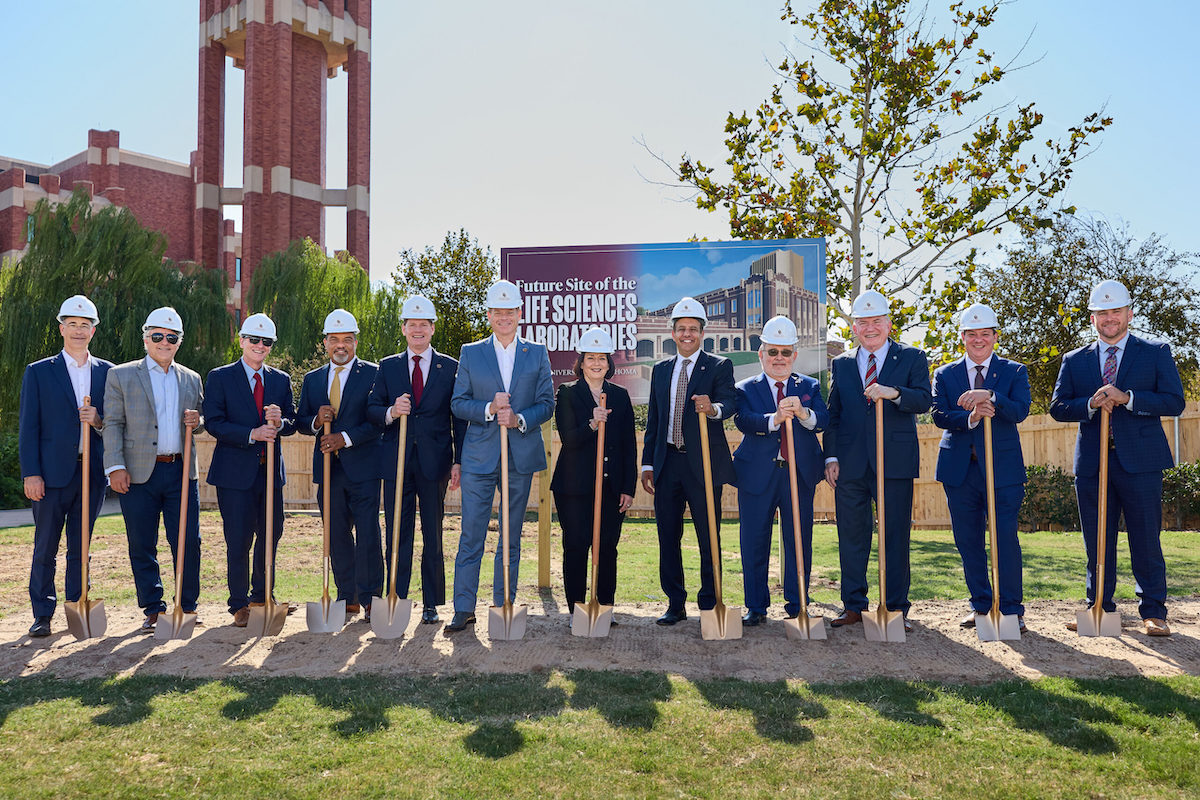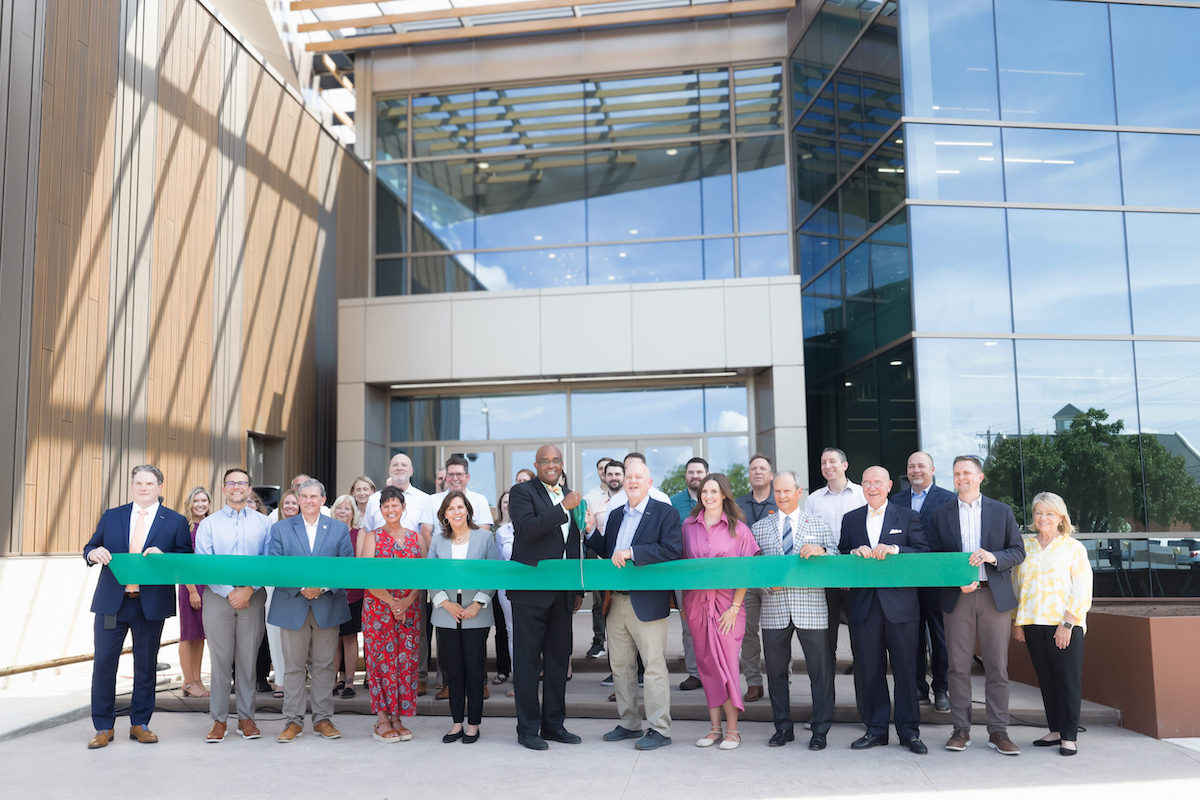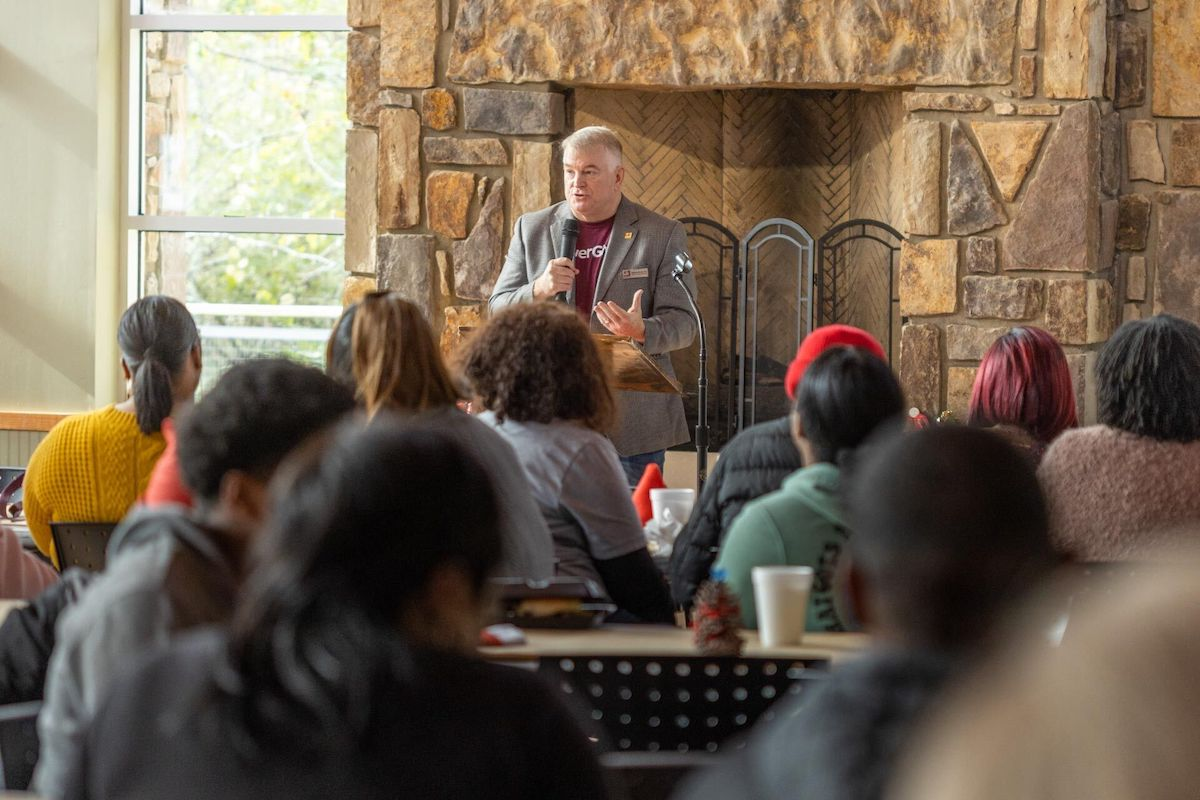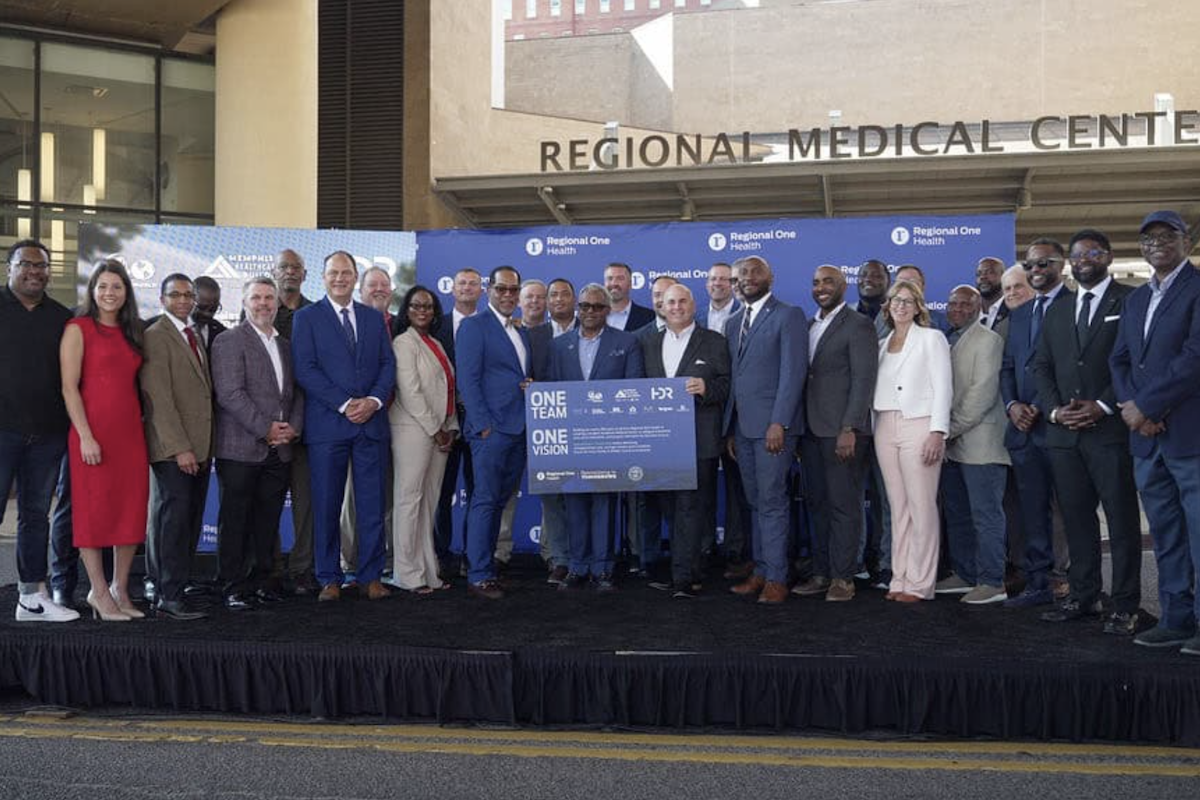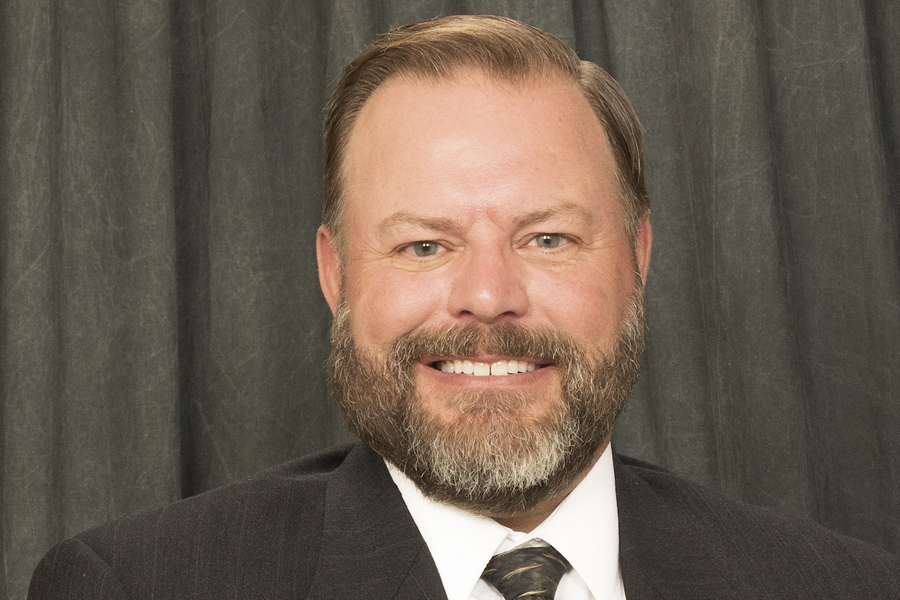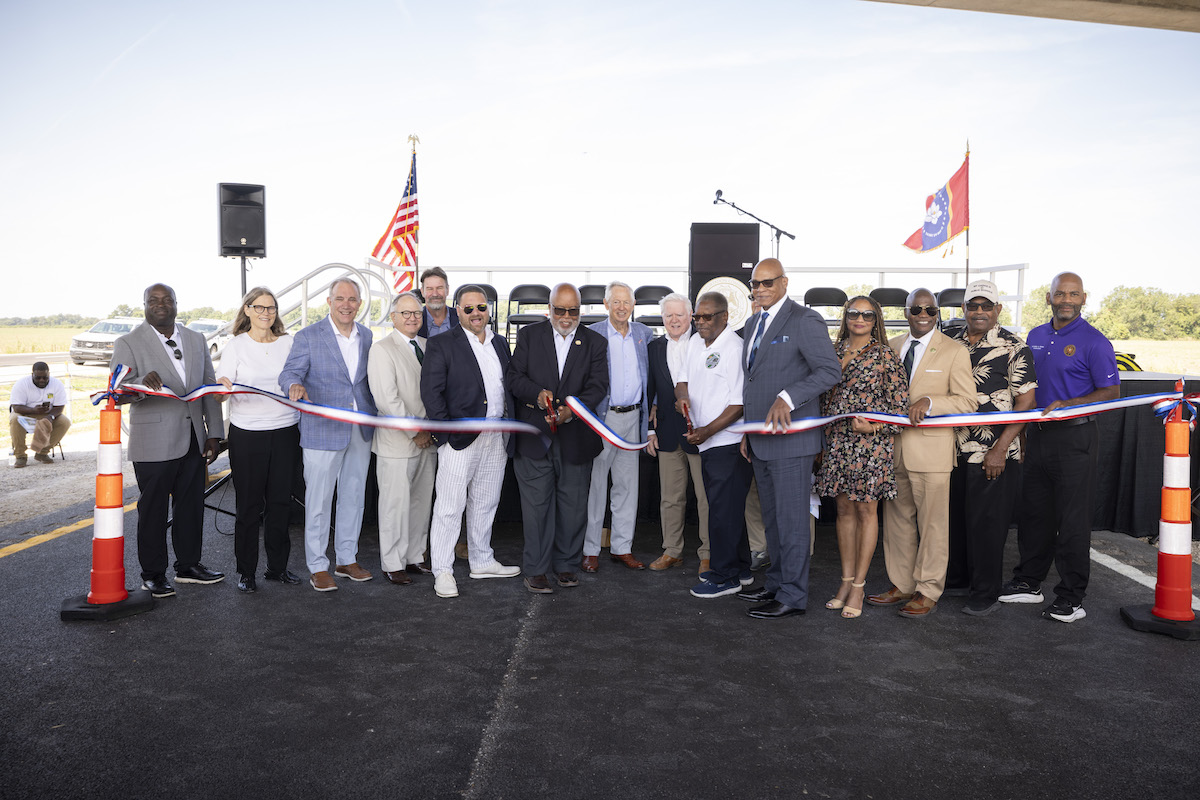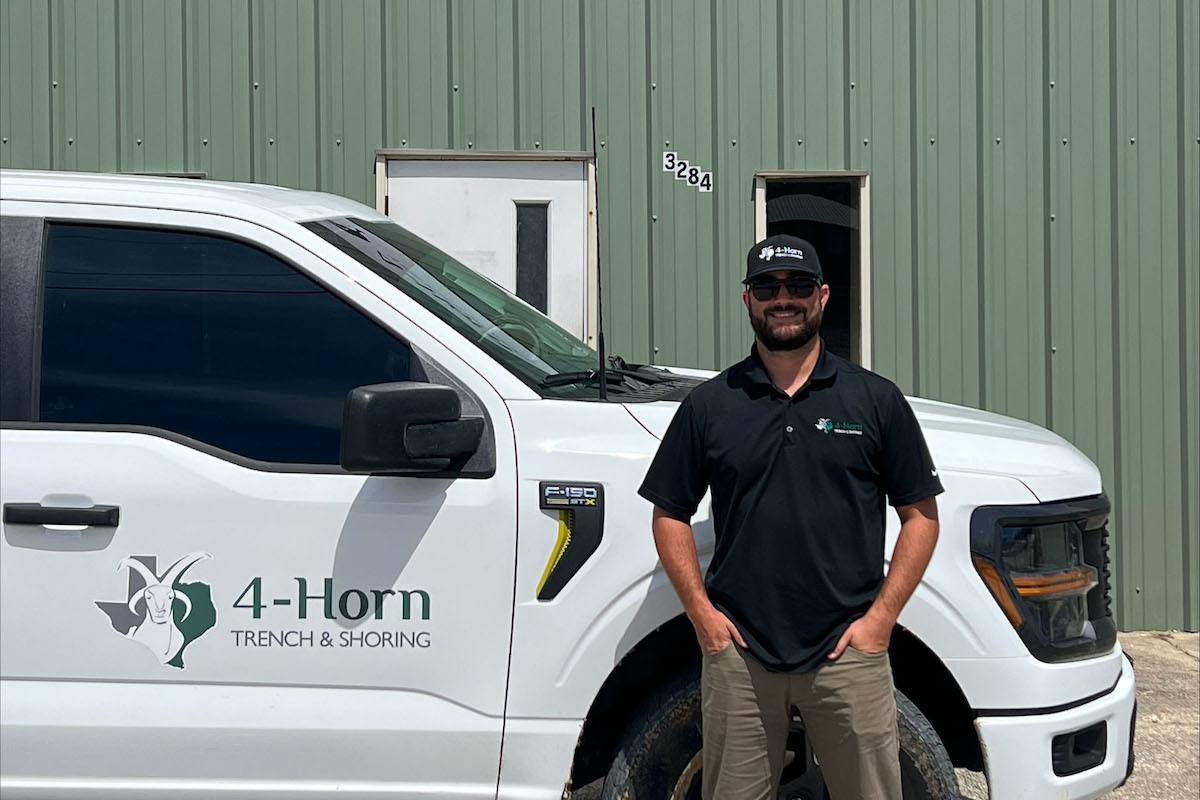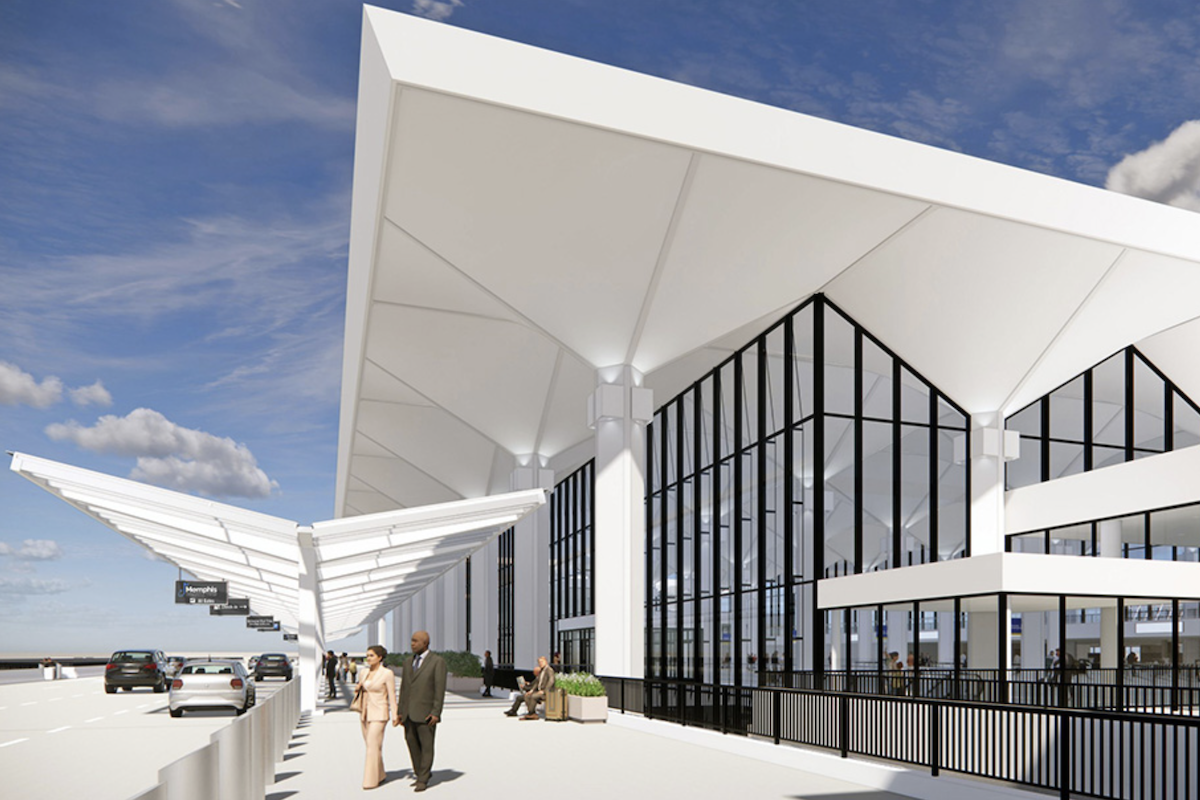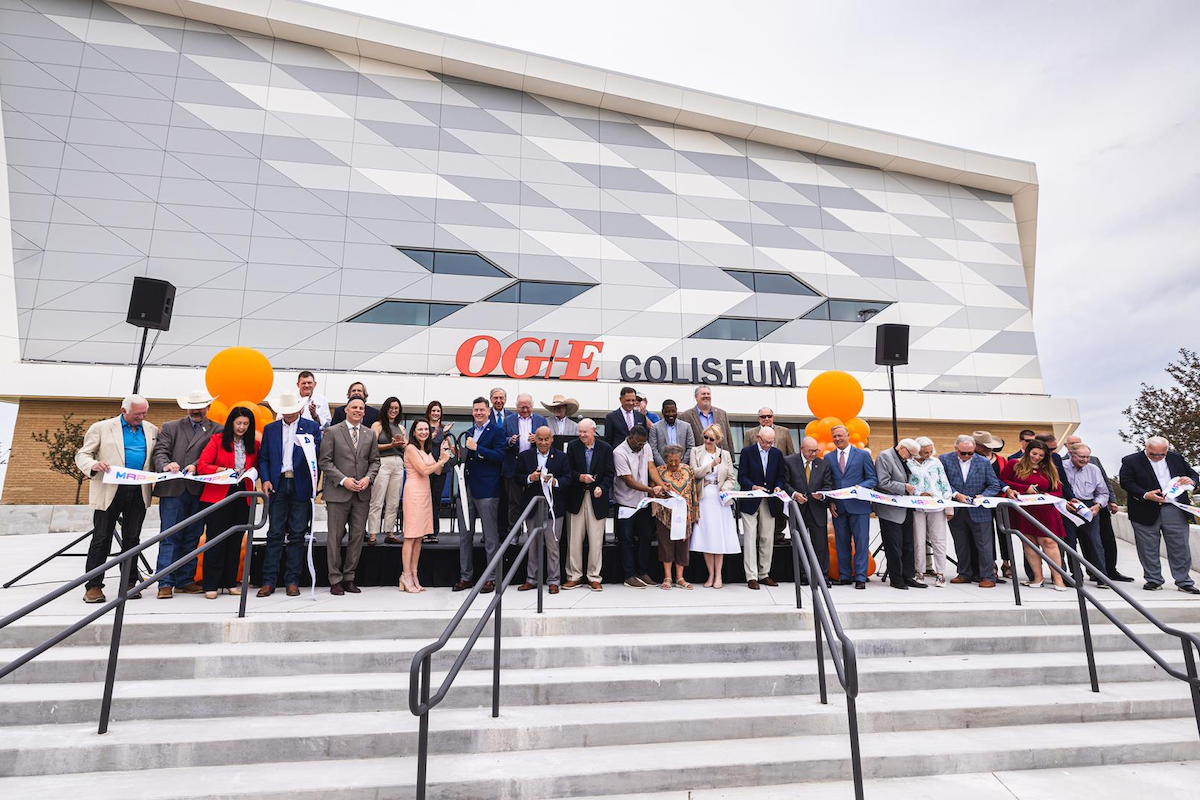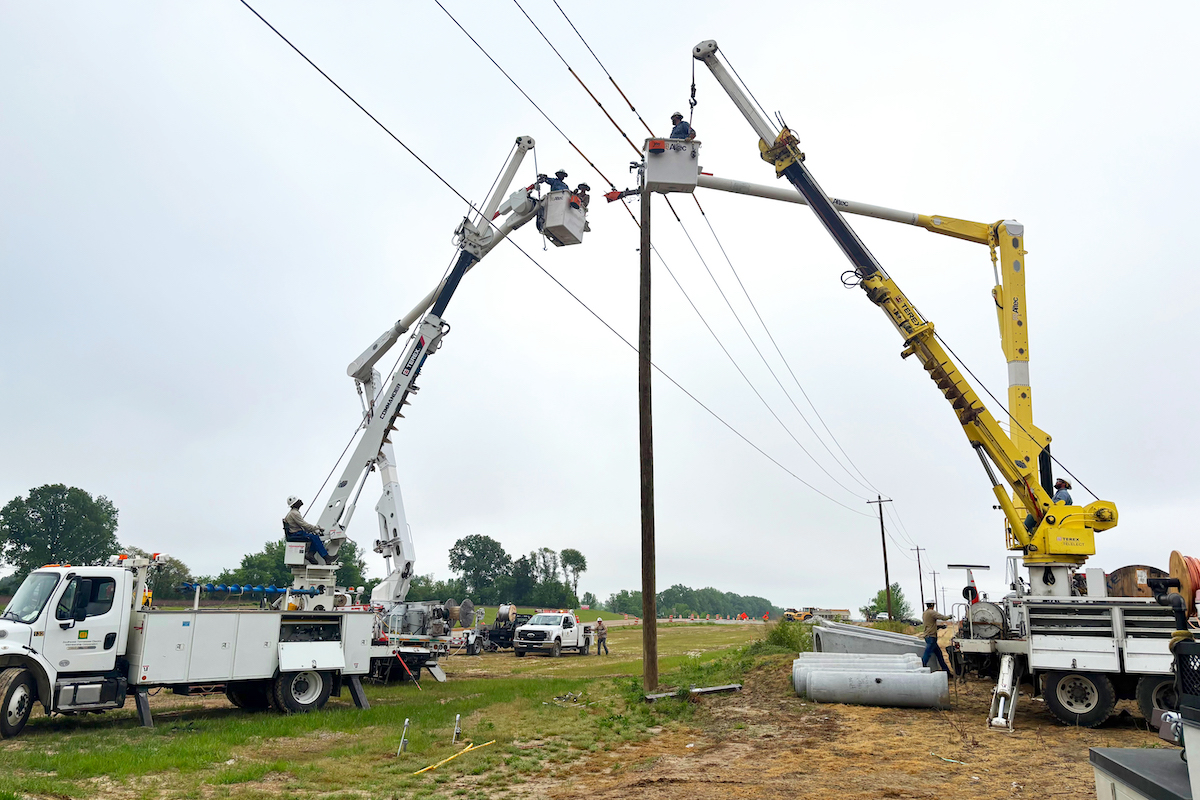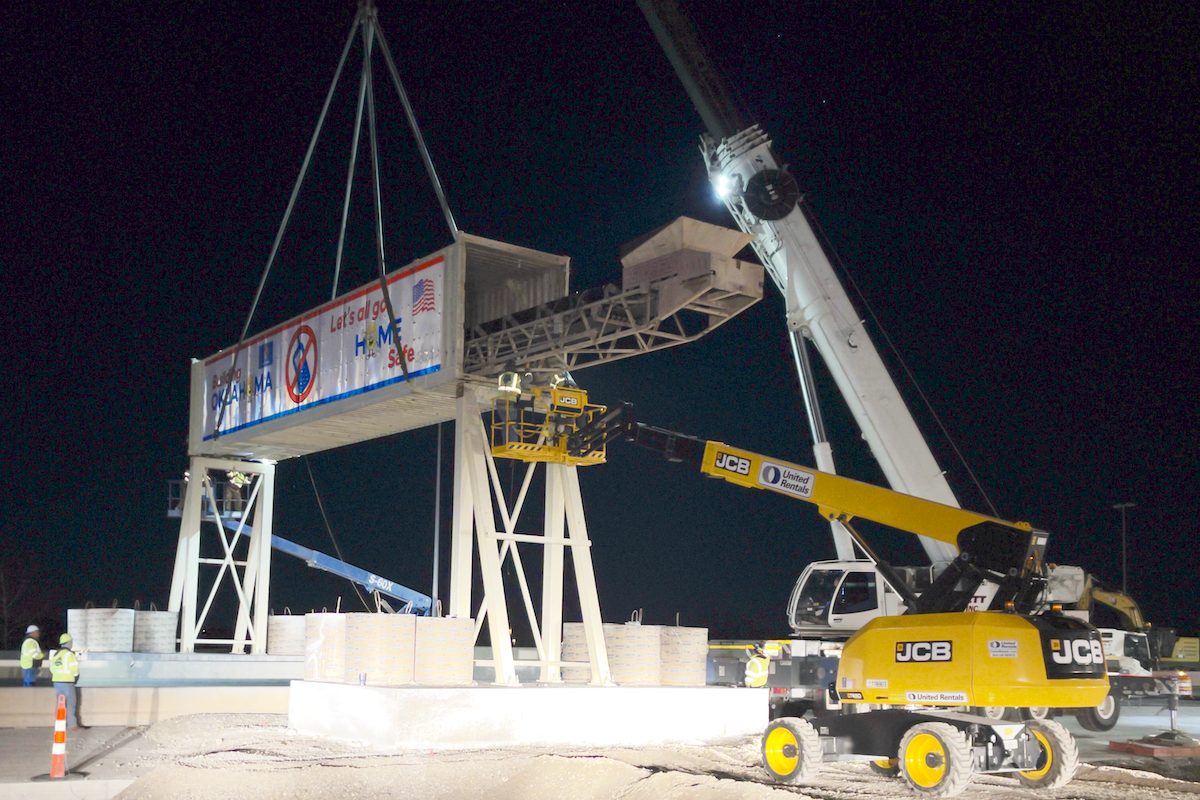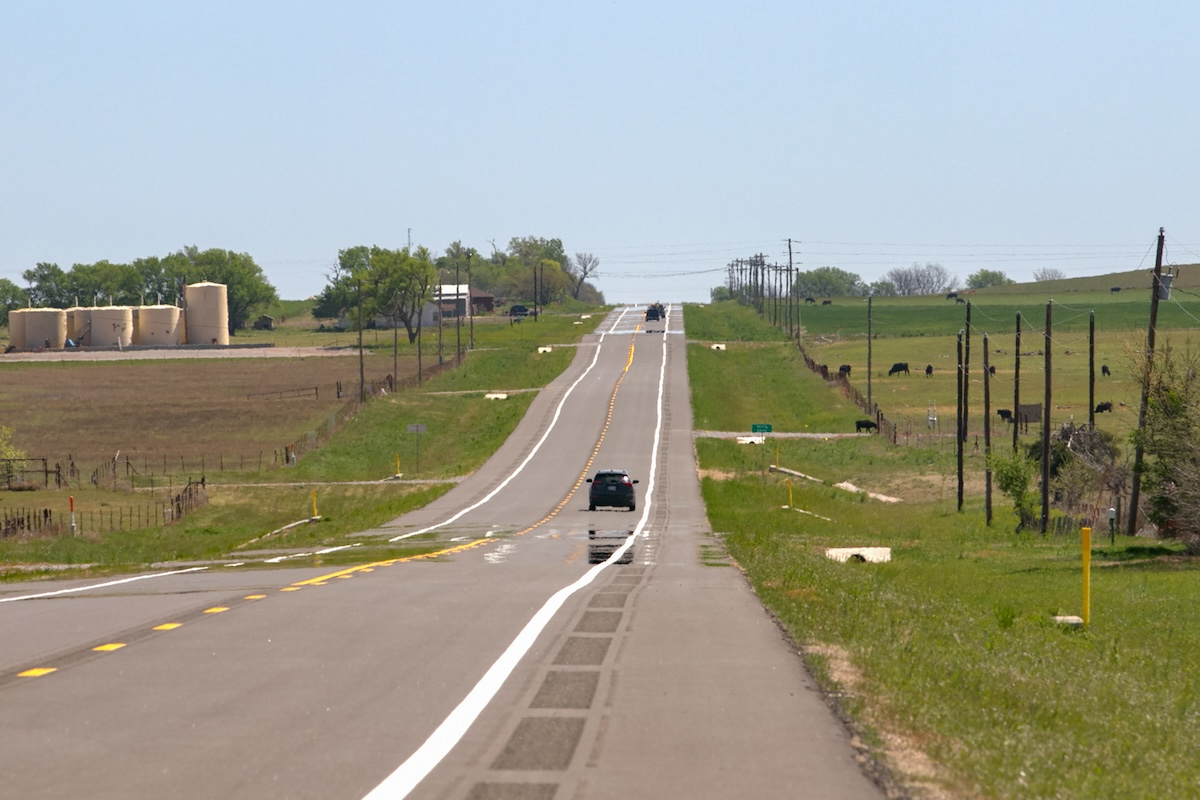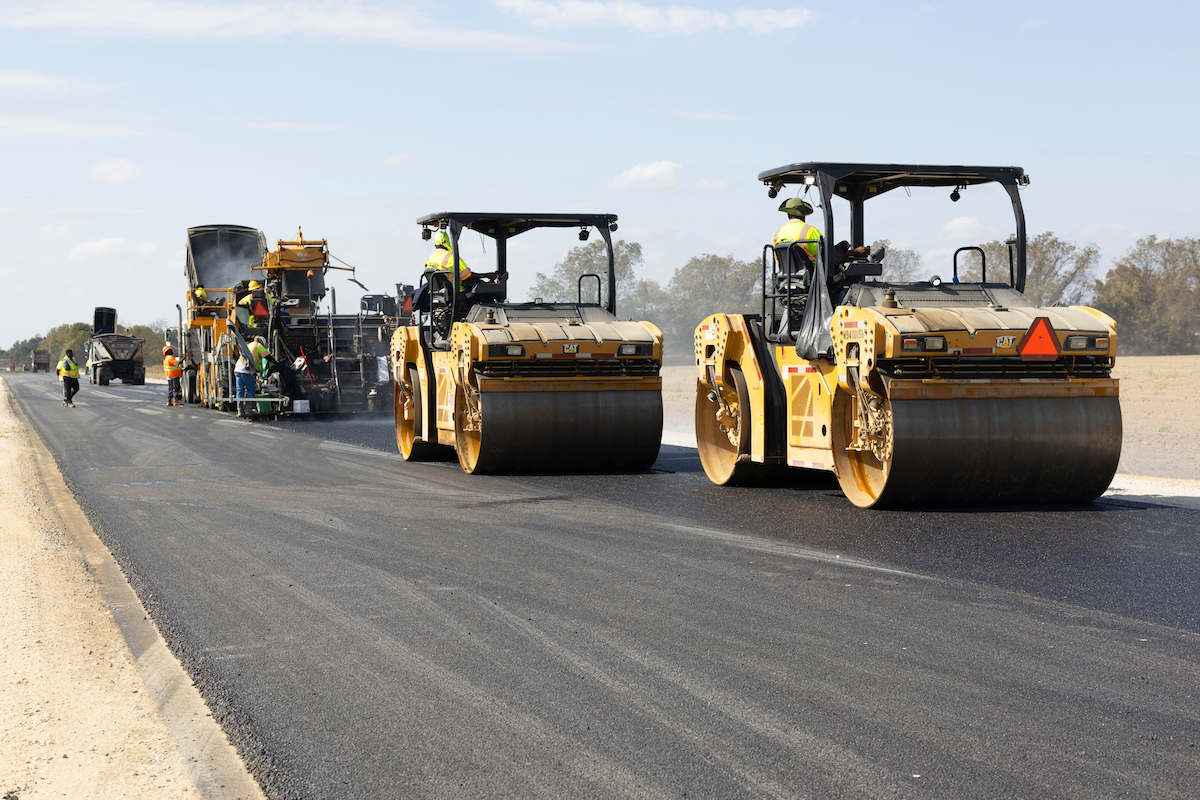“Before we started this restoration last August, only five of the island’s 36 acres were usable for nesting," said Louisiana Governor John Bell Edwards. "Now all 36 acres are available, and we have plans to keep it that way for years to come.”
Engineers like Amanda Phillips, Fenstermaker Senior Engineer, worked to restore the island’s nesting area to its once-vast size, giving the state bird another chance to prosper. Fenstermaker’s multi-disciplinary team on this project also included members of Surveying & Mapping, Engineering and Environmental divisions. Working in tandem, the team provided topographic, bathymetric and magnotometer surveys, geotechnical investigations, environmental and cultural investigations, permitting and land rights support.
“This project is different than others,” Phillips said. “In many respects, a lot of the projects that have been constructed over the years have been general sense-type projects. A marsh project will restore habitat but it’s really just filling in the holes that have developed over the years. But with this project, you had something to identify with — pelican and tern habitat. It’s tangible.”
Queen Bess Island, a patch of land about two miles north off Grand Isle in Barataria Bay, is the site for 15 to 20 percent of the state’s brown pelican nesting activity. The island is also home to 60 other bird species, such as egrets, herons, terns, gulls, roseate spoonbills, ibis and others. During breeding season, a few thousand pelicans crowd onto five acres of land surrounded by rock barriers that were installed in the 1990s. The goal of the restoration project is to provide a quality habitat for these birds to nest.

| Your local Yanmar dealer |
|---|
| CLM Equipment Co |
| WPI |
Working alongside the Louisiana Department of Wildlife and Fisheries, Coastal Protection and Restoration Authority and the U.S. Departments of Fish and Wildlife Services, the team designed the best way to restore the island in a small amount of time. The Queen Bess Island project is one of the fastest moving restoration projects the state has seen. There is only a window of six months to complete the project during the non-nesting season in order for the birds to be able to lay eggs in the spring.
“One of the nuisances of this project is they did not want any construction occurring when the birds show up to nest,” Phillips said. “Pelicans tend to nest where they were born. There could be large ramifications if their nesting were affected. Wildlife and Fisheries really wanted the construction to happen after nesting season, which is after September 15 and before nesting season starts on March 15.”
As soon as the project was approved in March 2019, a contract was awarded by June and on August 1, the contractor was able to take plant samples and start growing them in a greenhouse to later replant on Queen Bess Island.
“It ended up going very smoothly and worked out well, which is a testament to all the people involved and knowing this project was so critical,” Phillips said. “When Wildlife and Fisheries gave the go-ahead to get out there as soon as the birds left, they were out there slinging sand as soon as possible.”
The Queen Bess Island project will now provide 30 acres of restored brown pelican and wading bird habitat, along with seven acres of nesting tern and black skimmer habitat. In order to increase the island to 37 acres, sediment had to be dredged from the Mississippi River near Belle Chase and then barged to the site. The sand was then poured to help elevate the island. Contractors sloped the island from the highest elevation at the southwest end and the lowest at the northeast end.

| Your local Case Construction Equipment Inc dealer |
|---|
| ASCO Equipment |
The project makes marsh habitat accessible for fish and protects it with a breakwater to reduce wave and tidal erosion. A row of breakwaters on the south side of the island will also give young birds a safe area for swimming with easy access to the water. Limestone will cover about one-third of the island to provide habitat for other bird species.
“It’s not a very large island but it is isolated, so there aren’t any predators on it,” Phillips said. “It’s very safe and that’s what makes it special. Having scientists in the room who have studied, lived and breathed these birds and what they eat gave me and our team feedback that led to constructive solutions.”
With the exception of the habitat for terns and skimmers that prefer barren ground, most areas of the island were planted with native vegetation like marsh elder, matrimony vine and black mangroves, which pelicans prefer to nest in. The restoration is expected to last at least 20 years, with money set aside for necessary upgrades.
The $18.7-million project comes nearly 10 years after the Deepwater Horizon oil spill in the Gulf of Mexico and is part of the billion-dollar settlement from British Petroleum. It’s also part of the Natural Resource Damage Assessment. The construction part of the restoration project was $10 million, the design was $1.5-$2 million and the remaining funding will go toward future maintenance.
















